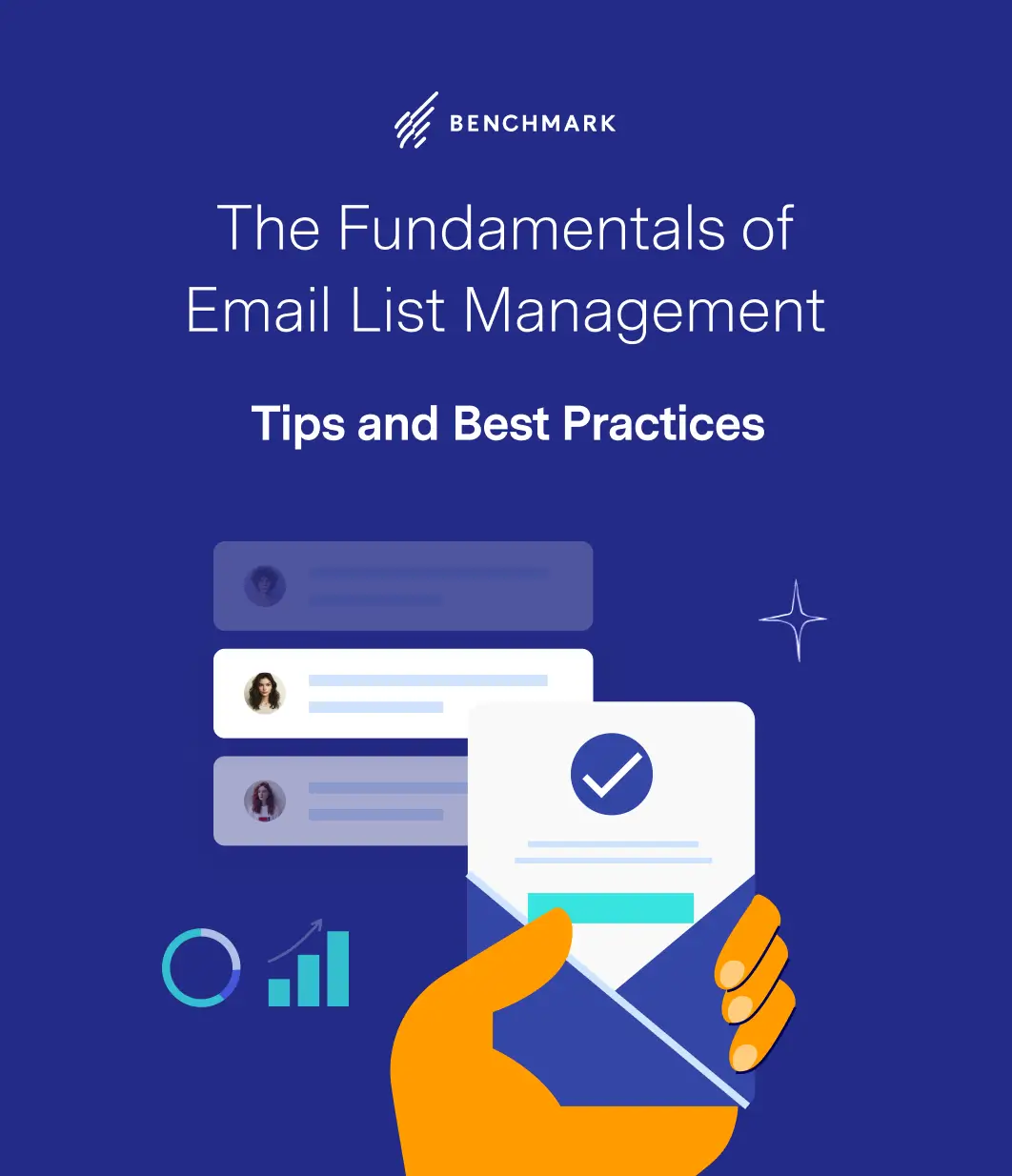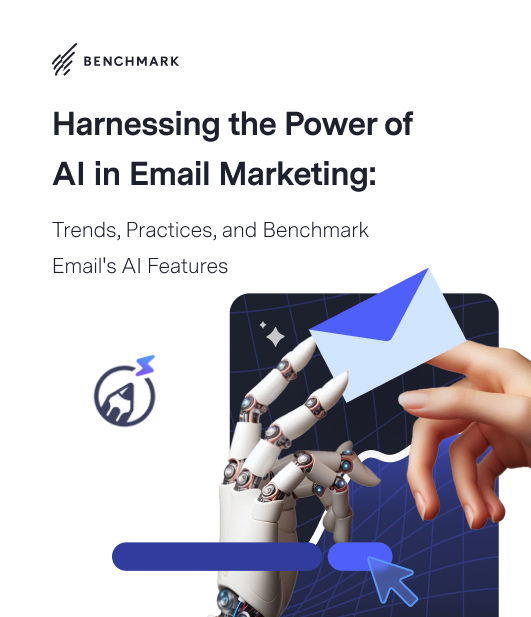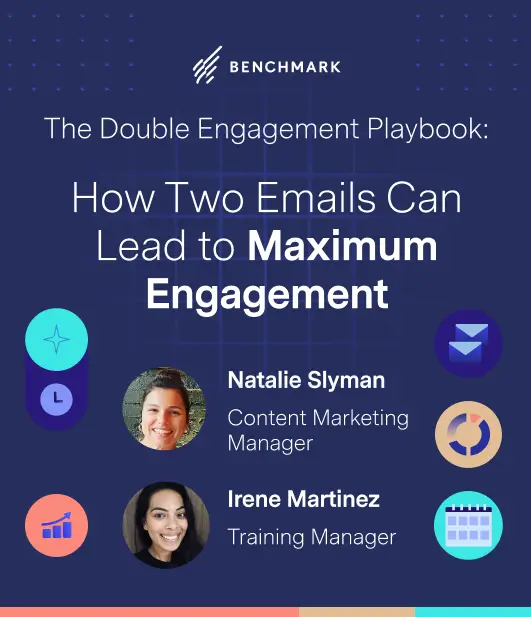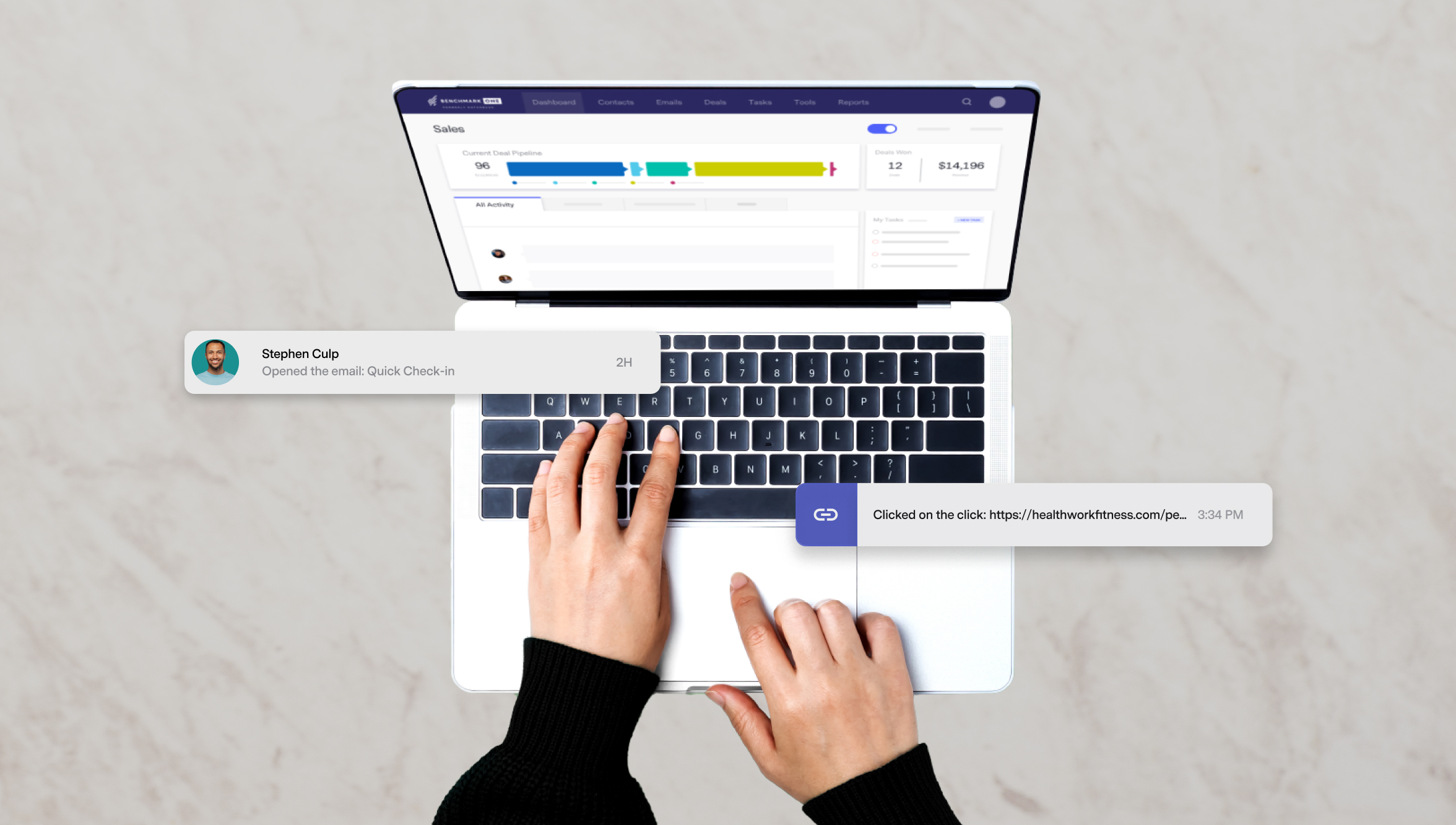Throw Away Your Old Playbook: Here’s How to Ensure Your Email Marketing Strategy is Ready for Anything
August 26, 2025 4 min read

Key takeaways
Email marketing isn’t dead—it’s evolving faster than ever. Between AI-generated content reshaping how we create emails and privacy shifts like Apple Mail Privacy Protection (MPP) and GDPR changing how we track them, the rules of the game have officially changed.
The marketers who thrive in this new era won’t be the ones clinging to old playbooks. They’ll be the ones rethinking personalization, segmentation, and automation in a privacy-first world—and using AI responsibly to stay ahead.
If that sounds daunting, don’t worry. This guide breaks down what’s changing, what it means for you, and how to future-proof your email strategy so it’s built to last.
1. Understand the New Privacy Landscape (and Why it’s Here to Stay)
Remember when open rates were a reliable benchmark? Those days are over. With Apple Mail Privacy Protection masking opens and GDPR putting strict limits on data use, the message is clear: privacy isn’t optional anymore.
What this means for you:
- Stop obsessing over opens. Focus instead on clicks, conversions, and downstream metrics that reflect engagement.
- Clean your list regularly. Deadweight contacts hurt deliverability and skew your results.
- Get explicit about consent. Use clear opt-ins (no sneaky pre-checked boxes) and set transparent expectations for what subscribers will receive.
Pro tip: Position your privacy practices as a selling point. When you show respect for your audience’s data, you build trust—and trust drives conversions.
2. Shift from Hyper-Personalization to Value-Driven Segmentation
Hyper-personalized emails used to mean mining every data point possible: birthdays, browsing history, abandoned carts. But with tighter privacy rules, marketers need to rethink what “personalization” really means.
Instead of getting creepily specific, focus on contextual relevance. Segment based on broader behaviors or interests, then deliver value-driven content that feels timely without feeling invasive.
Examples:
- Segment by engagement level (e.g., frequent clickers vs. dormant subscribers) and tailor your messaging accordingly.
- Use preference centers to let subscribers choose what they want to hear about.
This approach respects privacy while still making emails feel personal—and it puts the control back where it belongs: in the subscriber’s hands.

3. Use AI as an Assistant, not an Autopilot
AI is a game-changer for email marketers, but here’s the catch: it should enhance your strategy, not replace it.
Here’s how to use AI responsibly:
- Speed up the grunt work: Let AI help with subject line testing, copy tweaks, and image generation so you can focus on strategy.
- Maintain a human touch: AI can suggest copy, but your voice—and your brand’s empathy—should shine through in the final version.
- Analyze smarter: Use AI-driven insights to spot trends in engagement and optimize timing or messaging without relying on guesswork.
The key? Treat AI like your co-pilot, not the driver. It’s there to make you faster and more efficient, not to take the wheel.

4. Double Down on Trust and Transparency
In a privacy-first world, trust is your new currency. Consumers are savvier than ever, and they can smell a spammy tactic a mile away.
Here’s how to stay credible:
- Be upfront about how you use data. A quick “we’ll never sell your info” note can go a long way.
- Deliver on your promises. If you say “weekly newsletter,” don’t suddenly start sending daily flash sales.
- Give subscribers control. Make it easy to update preferences or unsubscribe. (It hurts less than you think—and keeps your list healthy.)
When subscribers feel respected, they’re more likely to stick around—and engage.
5. Reimagine Automation for a Consent-Driven World
Automated workflows still matter, but the approach is shifting. Instead of dozens of ultra-specific drip campaigns triggered by granular behavior, focus on fewer, smarter automations built around clear user actions.
Think:
- A welcome series that educates and sets expectations.
- Re-engagement campaigns that politely ask dormant subscribers if they still want in.
- Value-driven nurture sequences with useful content, not just hard sells.
In other words, lean into automation that feels helpful rather than intrusive.

The Double Engagement Playbook: How Two Emails Can Lead to Maximum Engagement
DOWNLOAD NOW6. Focus on Long-Term Relationship Building
Future-proofing isn’t about hacks or quick wins—it’s about cultivating lasting connections. When subscribers see your brand as a trusted resource (not just another sales pitch), they’ll stick around through every algorithm change, AI wave, or privacy update to come.
How to get there:
- Send consistent, high-quality content—even when you’re not selling.
- Share useful resources, stories, or insights to show you care about more than conversions.
- Treat your list like a community, not a transaction.
Email marketing is entering a new era—one shaped by AI innovation and privacy-first principles. The marketers who win won’t be the ones sending more emails. They’ll be the ones sending smarter ones: relevant, respectful, and built on trust.
Adapting now isn’t just about surviving the next wave of change—it’s about thriving in it.
Ready to throw away your old playbook? With Benchmark Email’s intuitive tools, you can segment smarter, create faster (AI included), and stay compliant—without the complexity. Try it free today.







